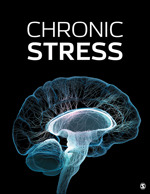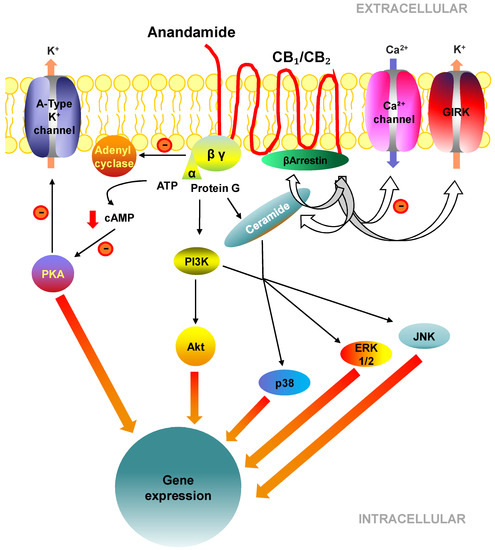 “Cannabis is the most consumed illicit drug worldwide. As more countries consider bills that would legalize adult use of cannabis, health care providers, including eye care professionals (ophthalmologists, optometrists), will need to recognize ocular effects of cannabis consumption in patients.
“Cannabis is the most consumed illicit drug worldwide. As more countries consider bills that would legalize adult use of cannabis, health care providers, including eye care professionals (ophthalmologists, optometrists), will need to recognize ocular effects of cannabis consumption in patients.
There are only 20 studies on the eyelid effects of cannabis usage as a medical treatment or a recreational drug.
These include: ptosis induction, an “eyelid tremor” appearance and blepharospasm attenuation.
Six articles describe how adequately dosed cannabis regimens could be promising medical treatments for blepharospasm induced by psychogenic factors.
The exact mechanism of cannabinoids connecting cannabis to the eyelids is unclear.
Further studies should be conducted to better understand the cannabinoid system in relation to the eyelid and eventually develop new, effective and safe therapeutic targets derived from cannabis.”

 “This review is to summarize most recent evidence published in the last 18 months on medical and recreational use of cannabis and
“This review is to summarize most recent evidence published in the last 18 months on medical and recreational use of cannabis and  “Accumulating evidence implicates the endocannabinoid system in the pathophysiology of psychosis.
“Accumulating evidence implicates the endocannabinoid system in the pathophysiology of psychosis. “Endocannabinoids are produced within the gastrointestinal (GI) tract and modulate energy homeostasis and food intake, at least in part, via vagally-dependent actions. The recent paper by Christie et al., [Christie, et al. J Physiol, 2019] demonstrate, for the first time, that
“Endocannabinoids are produced within the gastrointestinal (GI) tract and modulate energy homeostasis and food intake, at least in part, via vagally-dependent actions. The recent paper by Christie et al., [Christie, et al. J Physiol, 2019] demonstrate, for the first time, that 

 “Brain trauma was clinically associated with increased osteogenesis in the appendicular skeleton. We showed previously in C57BL/6J mice that mild traumatic brain injury (mTBI) transiently induced bone formation in the femur via the
“Brain trauma was clinically associated with increased osteogenesis in the appendicular skeleton. We showed previously in C57BL/6J mice that mild traumatic brain injury (mTBI) transiently induced bone formation in the femur via the  “The endocannabinoid (eCB) system, i.e. the receptors that respond to the psychoactive component of
“The endocannabinoid (eCB) system, i.e. the receptors that respond to the psychoactive component of  “The anticancer effects of the omega-3 long chain polyunsaturated fatty acids (LCPUFA), EPA and DHA may be due, at least in part, to conversion to their respective endocannabinoid derivatives, eicosapentaenoyl-ethanolamine (EPEA) and docosahexaenoyl-ethanolamine (DHEA).
“The anticancer effects of the omega-3 long chain polyunsaturated fatty acids (LCPUFA), EPA and DHA may be due, at least in part, to conversion to their respective endocannabinoid derivatives, eicosapentaenoyl-ethanolamine (EPEA) and docosahexaenoyl-ethanolamine (DHEA). “The role of the endocannabinoid system in stress-related psychiatric symptoms has been investigated in many animal and human studies.
“The role of the endocannabinoid system in stress-related psychiatric symptoms has been investigated in many animal and human studies. “Hepatic fibrosis is the consequence of an unresolved wound healing process in response to chronic liver injury and involves multiple cell types and molecular mechanisms. The hepatic endocannabinoid and apelin systems are two signalling pathways with a substantial role in the liver fibrosis pathophysiology-both are upregulated in patients with advanced liver disease. Endogenous
“Hepatic fibrosis is the consequence of an unresolved wound healing process in response to chronic liver injury and involves multiple cell types and molecular mechanisms. The hepatic endocannabinoid and apelin systems are two signalling pathways with a substantial role in the liver fibrosis pathophysiology-both are upregulated in patients with advanced liver disease. Endogenous 